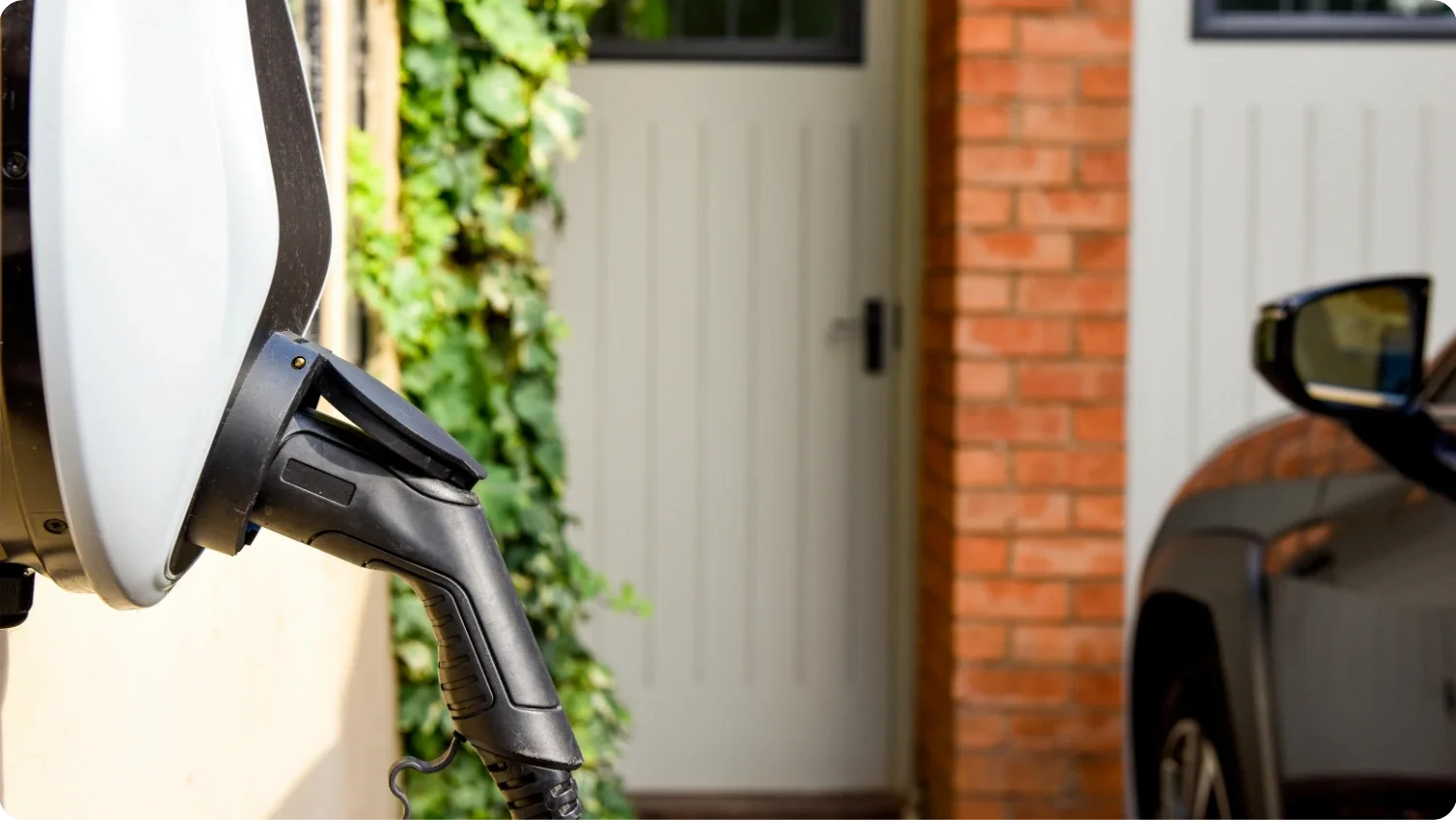Charging an Electric Car at Home: What You Need to Know
Thinking of installing a home EV charger? You're not alone. More drivers than ever are switching to electric (plug in) vehicles accounting for over 20% of new car sales in the UK.
Though the UK charging infrastructure is still catching up with demand and if you’re considering an EV purchase or you’ve already acquired one, it’s likely you’ve also been thinking about whether charging at home is an option.
Can I just use a plug socket? Do I need permission? And what happens if I live in a London terrace with no driveway?
Here’s what you need to know - before you book an EV charger survey.
Can I charge an EV from a regular socket?
Technically, yes. Every EV comes with a standard three-pin plug adapter (known as a "granny cable"). But it’s slow. A full charge this way can take over 24 hours, depending on the car’s battery size. It’s also not ideal for repeated use, as plug sockets aren’t designed for sustained high current.
It’s fine in a pinch. But for a long-term solution for daily charging, a dedicated home charger is far safer, faster and more efficient.
So what is a proper home charger?
A home EV charger is a wall-mounted unit (indoors or outdoors) connected to your home’s main electrical supply. It delivers a much higher charge rate than a regular 3-pin socket - usually 7kW, compared to 2.3kW from a standard plug.
With a 7kW charger, most cars will fully charge overnight (6–12 hours depending on the vehicle), and you can top up 20–30% in under an hour.
What do I need before installing one?
01 | Off-street parking
You need a safe, legal space to park close to your home. A driveway, carport or private garage. If you live in a London terrace or flat, you’ll need a clear plan for cable routing and secure parking.
02 | Permission (sometimes)
If you own your home, you’re usually fine. But if you rent, live in a flat, or share access with others, you may need permission from your landlord, building management or council. Listed properties or those in conservation areas may also face specific planning rules.
03 | Electrical capacity
Your installer will check whether your home’s electrical supply can support a 7kW charger. Most modern homes can - but wiring in older properties may need upgrading.
04 | The right installer
Use an OZEV-approved installer (Office for Zero Emission Vehicles) if you want access to grants, or simply reassurance the work will meet current safety standards.
What about different types of chargers?
Most UK home chargers are Type 2 (the current standard) and work with almost all EVs.
Some Teslas and older EVs may use a different connector - but most new cars are compatible. Some units are tethered (with a fixed cable) and some are untethered (you use your own).
There are also smart chargers, which schedule charging during off-peak times, integrate with your energy provider, and track your usage. These can save money and are often eligible for grant support.
Why does charging take so long?
It’s less about slowness and more about safety.
Rapid charging (such as the 50kW+ units at motorway service stations) pumps in a huge amount of power quickly and requires industrial-grade cabling and infrastructure.
At home, the focus is on steady, controlled overnight charging to protect your vehicle and your house wiring.
What about solar panels or off-grid options?
If you’re investing in a home energy setup, some chargers can link directly to solar generation.
Others allow bi-directional charging, where your EV battery can send power back into your home or the grid - though this is still emerging tech in the UK.
And in London?
Space, permission and access are the biggest issues.
If you don’t have off-street parking, charging at home isn’t always possible. Though some boroughs offer on-street residential charging schemes or lamp-post adaptors. That said, availability and reliability vary significantly by postcode.
If you do have off-street space, installation is straightforward. Making sure you engage a vetted installer who understands London-specific planning, traffic access and permissions can save you headaches and costly setbacks.
The CiD take on home EV charging:
We help clients across London manage EV transitions: from arranging an initial site survey, researching the right charger, to arranging permissions, and even registering for smart energy tariffs to make charging less expensive.
You don’t need to be an EV expert. You just need the right support to set it up right, the first time.
If you’re a CiD client, your EA can take this off your plate entirely. We’ll organise the logistics, paperwork and installation. So your car is ready when you are.
Consider it Done.


